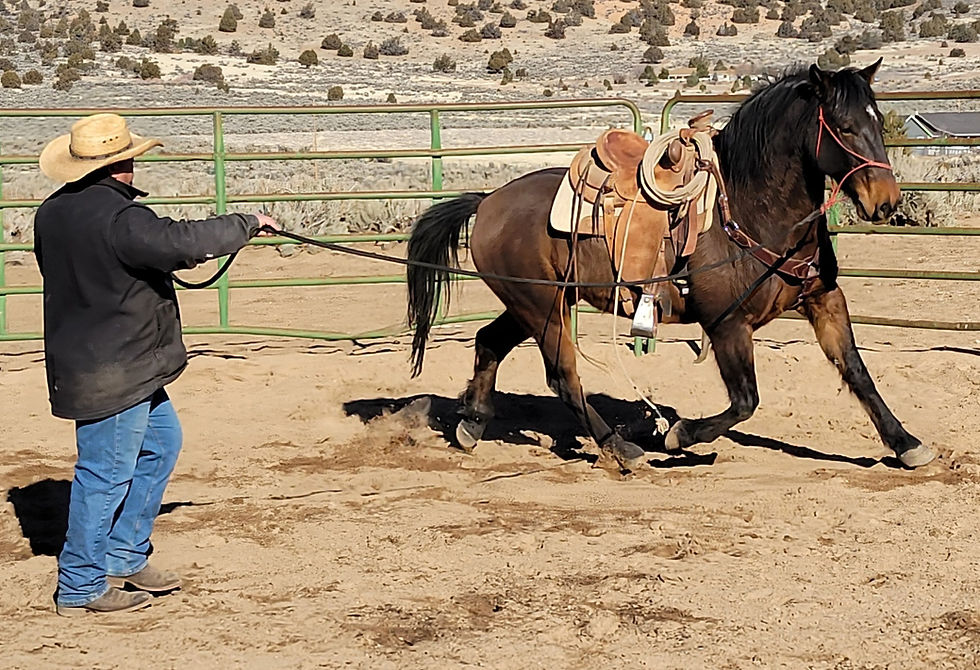COLIC & SAND TREATMENT Best Practices
- Team Yriarte Horsemanship
- May 30, 2021
- 3 min read
After several years and close collaboration with the talented veterinary team at Comstock Large Animal Veterinary Hospital, we have developed our standard practice for treating for sand ingestion and colic.
PLEASE NOTE: Sharing our management practices is in no way a replacement for proper veterinary care. Please consult your personal veterinarian before modifying your horse's feeding routine or in the event your horse becomes unwell.
First, treatment for sand ingestion. We have naturally sandy footing on our property and while we work hard to mitigate the horses ingesting it, unfortunately it does still happen. We have also discovered that the vast majority of horses that come though our facility have at least some degree of a sand load in their digestive tract before they arrive. This is especially true of mustangs off the range and feedlot horses. We have learned that horses that have never received a psyllium product treatment are significantly more likely to colic if given at the recommended dosage with no acclimation period. To reduce the likelihood of a colic episode and safely begin removing accumulated sand from the digestive tract, we start these horses on a wheat bran-based mash instead of a psyllium product for the first treatment. The mash consists of several cups of wheat bran, a cup or 2 of thoroughly soaked beet pulp, 2 tablespoons (or more once they are acclimated to consuming it) of plain Epsom Salts, and approximately ½ scoop of powdered electrolytes all mixed with enough water to create a soupy consistency. We will feed this in the same manor as recommended for psyllium products – 7 consecutive days each month. The second month, we will add a dose of psyllium product to the mash for the last 3 days of the 7-day cycle. Month 3 we will give a full dose of psyllium along with the mash according to the dosage instructions on the product (7 days consecutively each month). For our personal horses, they also receive soaked beet pulp and Epsom salts with their daily supplements as a preventative and a double dose of psyllium once a week during the 3 weeks they are not on the 7-day cycle.
In the event that a horse does colic, our first course of action is to remove all hay and clean the pen so we can monitor fecal output. We will also monitor gut sounds and vitals regularly and document them. Next, we will administer oral Banamine as needed in 500lb dose increments depending on their pain level and record dosing amounts and time administered. We also offer a mash as described above with as much Epsom salts as the horse is willing to consume. If there is concern over adequate drinking, we will also make a “tea” by dissolving handfuls of senior feed to a bucket of water until it resembles strong tea. We will continue to offer, fresh water, mash, “tea”, and Banamine per our veterinarian’s recommendation while maintaining regular communication with the veterinary staff as long as the horse remains comfortable. If at anytime the horse’s pain becomes unmanageable, gut sounds become minimal to inaudible, the horse is not passing manure, or if it does not appear to be resolving after a few days (length of time depending on the horse), we will bring the horse into the clinic for more aggressive treatment.










Comments